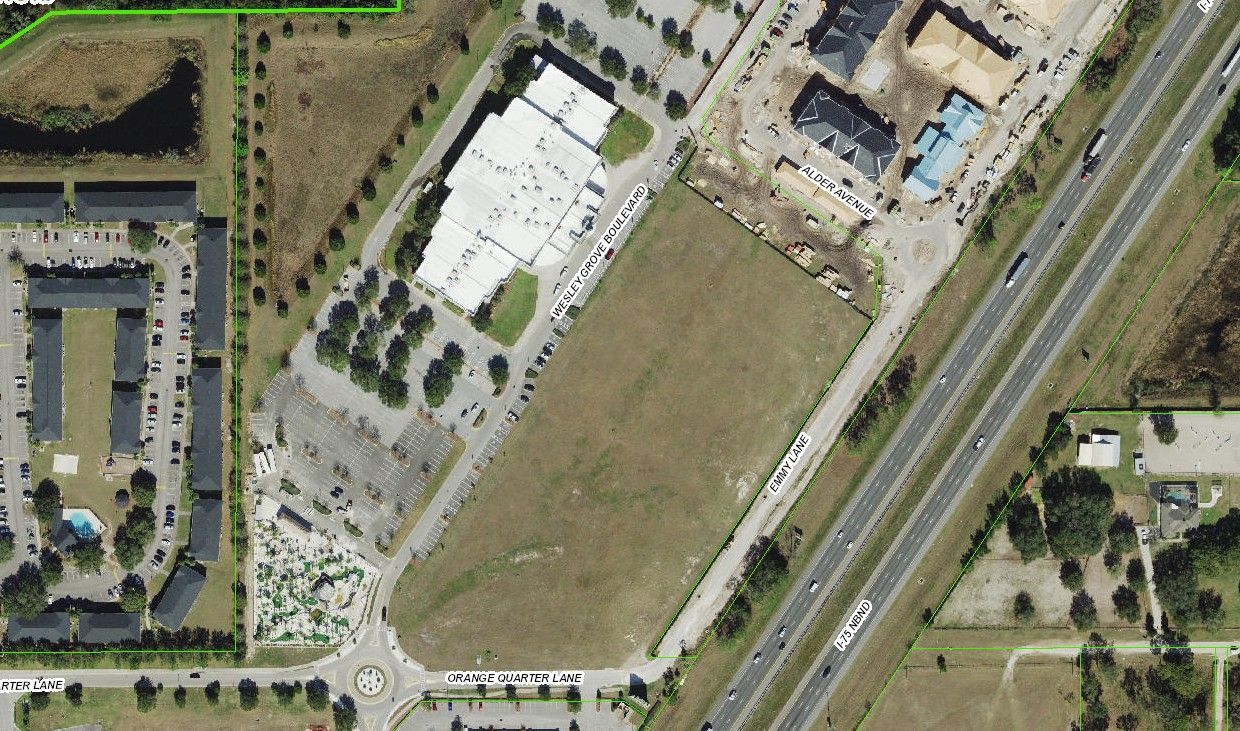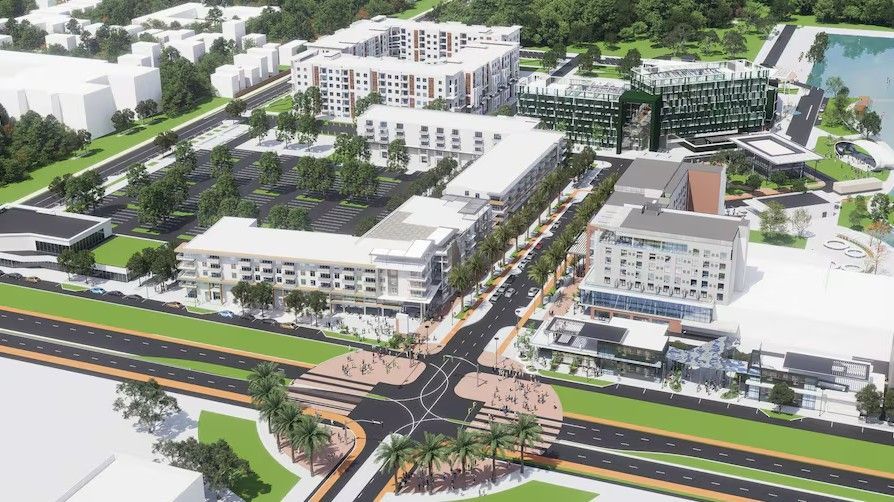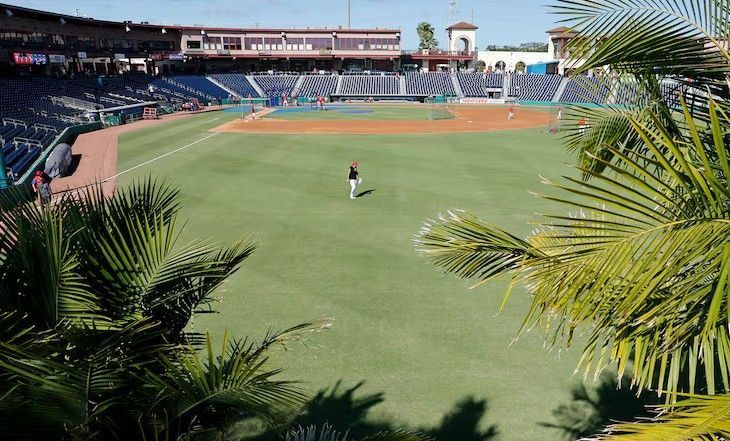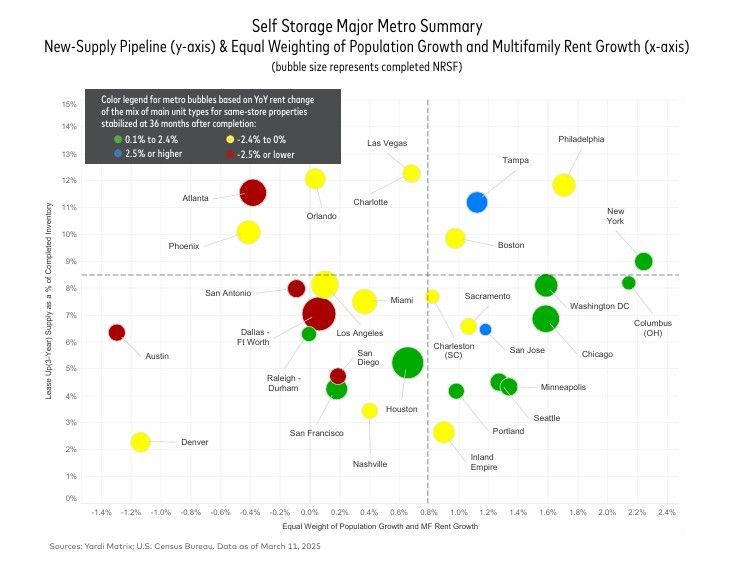Self-Storage Market Trends in Florida: A Stronghold in a Shifting Industry
The self-storage industry continues to evolve amid economic fluctuations, shifting migration trends, and changes in housing markets. While the national market has seen some setbacks, Florida—particularly West Central Florida—remains one of the strongest self-storage markets in the country.
Florida's Self-Storage Market: A Leader in Growth
Despite national declines in self-storage revenue growth, Florida has remained resilient. Cities such as Tampa and Orlando have seen continued demand for storage units, driven by population growth, housing transitions, and disaster-related storage needs.
According to the March 2025 Matrix Self Storage National Report, Florida markets continue to show strength:
- Tampa leads in rental rate growth, with a 3.1% year-over-year increase in advertised rates—the highest among top metros in the U.S.
- Orlando and Miami also remain competitive, ranking among the strongest storage markets despite slight declines in rental rates.
- Construction activity in Florida is high, with Tampa having 6% of existing storage stock under construction, second only to Phoenix.
Why Is Florida’s Self-Storage Market So Strong?
Several factors contribute to Florida’s consistent performance in self-storage demand:
- Population Growth & Migration
Florida continues to experience above-average population growth, with steady migration from high-tax states like New York, New Jersey, and California. This influx of new residents increases the need for storage, whether for short-term moves or long-term downsizing. - Housing Market Trends
West Central Florida, particularly Tampa and Orlando, has seen significant home price increases, making self-storage an attractive solution for those in transition. Downsizers, renters waiting to buy, and new homeowners needing temporary space all contribute to strong storage demand. - Hurricane Recovery & Seasonal Demand
Florida's frequent hurricanes have made self-storage a critical resource for both temporary storage after disasters and seasonal storage needs for snowbirds and vacation homeowners. - Business and E-Commerce Expansion
Tampa’s growing economy, including expansions in logistics, e-commerce, and small businesses, has further fueled self-storage demand. Many businesses use storage units for inventory management, equipment storage, and temporary warehousing.
West Central Florida: A Key Market for Self-Storage Investors
Tampa stands out not only as one of the top self-storage markets in Florida but in the entire nation. In February 2025:
- Tampa’s advertised rental rates increased 3.1% year-over-year—outpacing major markets like San Francisco, Chicago, and Washington, D.C.
- The city has a higher-than-average supply pipeline, with 12.6% of inventory delivered over the past 36 months and 5.7% added in the last year.
- The under-construction supply continues to grow, reaching 6% of existing stock—a sign of continued confidence in Tampa's self-storage market.
What’s Next for Florida’s Self-Storage Market?
Looking ahead, Florida's self-storage industry is expected to remain strong, but investors should be mindful of rising supply levels. While demand is currently outpacing new supply, oversaturation could become a concern in highly developed areas.
Key Takeaways for Investors & Operators:
- Tampa remains a prime market with continued rent growth and high occupancy rates.
- Orlando and Miami are seeing more supply coming online, which could lead to increased competition.
- New developments should focus on high-demand areas with population growth and limited storage options.
- Climate-controlled storage remains in demand due to Florida’s heat and humidity, making it a key differentiator for new facilities.
Conclusion
While national self-storage trends indicate challenges ahead, Florida—especially Tampa and West Central Florida—remains a powerhouse in the industry. Strong rental growth, ongoing migration trends, and business expansions continue to drive demand. Whether you’re an investor, developer, or storage facility operator, Florida remains a top market to watch in 2025.
Want to learn more about commercial real estate opportunities in Florida? Contact us today!
Thank you for your interest. Have questions regarding the local market? Navigate the Real Estate Market with confidence, and contact us at Cliggitt Valuation for your appraisal, consulting, and valuation needs today.
Mike Cliggitt, MAI, MRICS, CCIM
813.405.1705 | 863.661.1165 - Direct Lines
findvalue@cliggitt.com
Appraisal & Valuation Markets
Questions about our blog? Contact our Director of Sales & Marketing, Sydney Avolt.
Sydney Avolt
727.403.7418 - Direct Line
SHARE CONTENT






